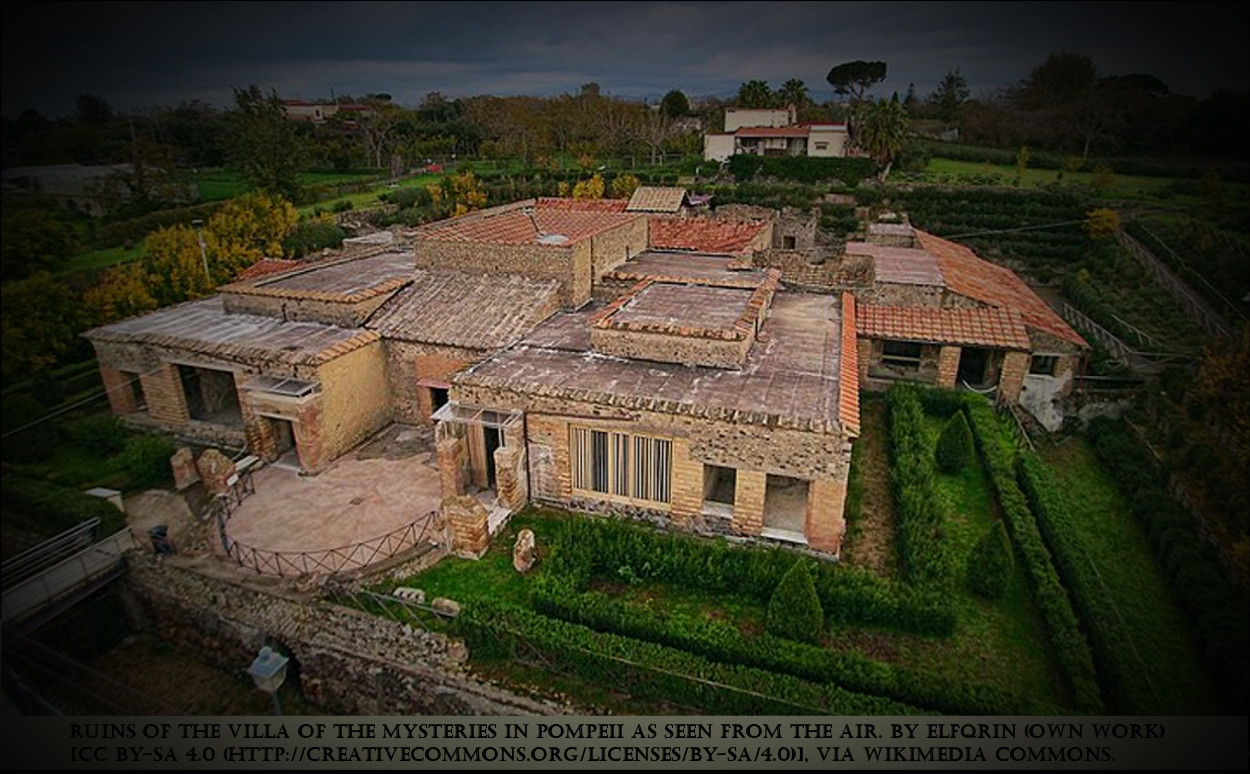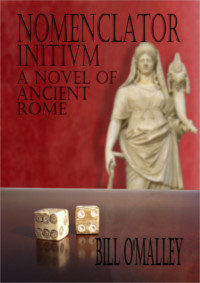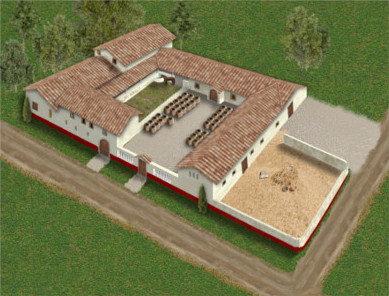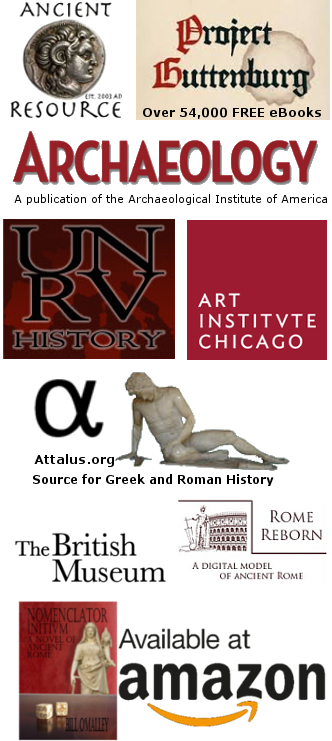


Ancient Roman Villa

While the architectural style of the villa evolved from the domus, usually having atria and peristyles, the size of the buildings led to a great deal of variation and often contained a variety of buildings within the villa complex. Villas had living quarters for the owner and his family (pars urbana), servants, slaves, and the horses and other animals (pars rustica). The owner's living quarters were often quite luxurious, with mosaics, frescoes, baths, and works of art. There were also storage and work areas in the villas (villa frutuaria). As many villas were self-sustaining, the servants produced oil, wine, clothing, metal work, pottery, and many other goods. Villae rusticae were often working farms.
The English word "village" is derived from the Latin "villa," since the villae rusticae often grew into small population centers.
Below you can see a diagram of a villa urbana from Pompeii Italy.

These links are being provided as a convenience and for informational purposes only; they do not constitute an endorsement or an approval by Nomenclator Books or Bill O'Malley of any of the products, services or opinions of the corporation or organization or individual. Nomenclator Books and Bill O'Malley bears no responsibility for the accuracy, legality or content of the external site or for that of subsequent links. Contact the external site for answers to questions regarding its content.



















